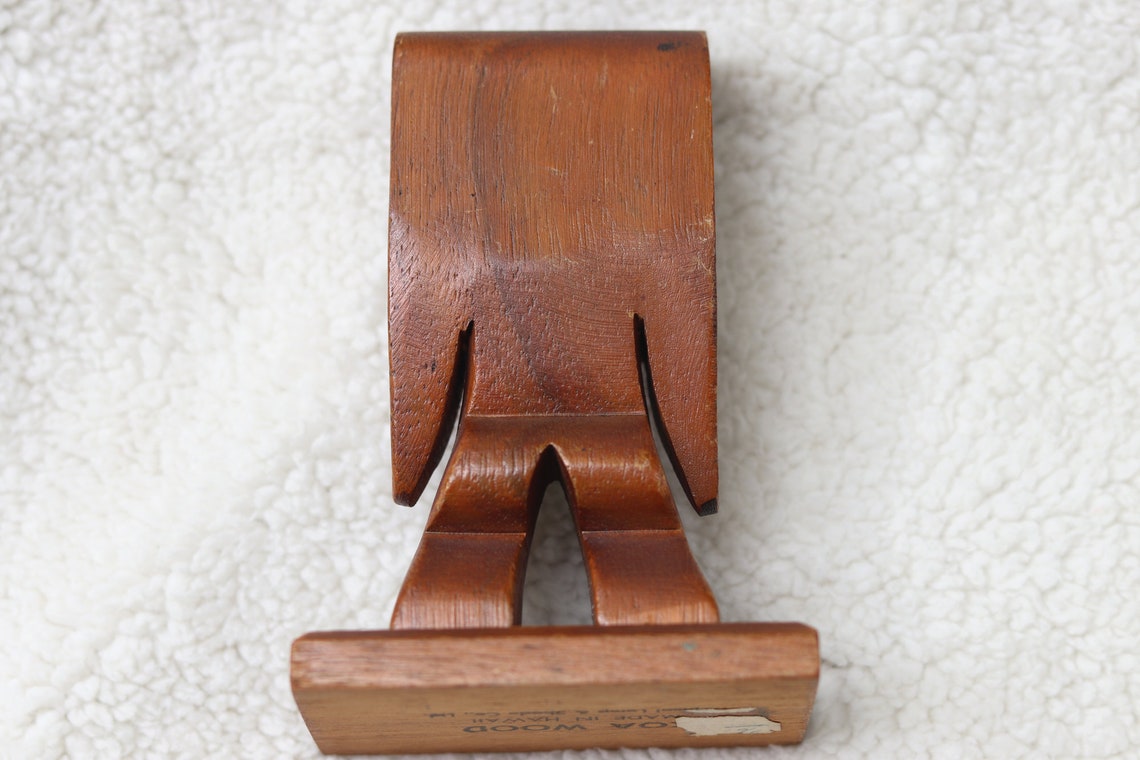

To make sure he would never rise again, they struck his name from their histories and never spoke it again today none among mankind know of their creator. Zarus had made his creations too well capable of compassion as well as cruelty, they rebelled against his burning hate.

Not by the other gods, nor by some coalition of elven and dwarven heroes, but by the humans themselves.

Then, seemingly on the eve of disaster, it stopped. Their armies, united under a single banner, took whole days to pass and turned the land to blood and ash behind them the shining, pitiless countenance of Zarus at their head. Their massive maws were filled with various. The primary difference was their immense size, being four times as tall and weighing 125 times as much as normal members of their kind. Many people in the worlds of D&D worship different gods at different times. When gods walk the world, clerics channel divine power, evil cults perform dark sacrifices in subterranean lairs, and shining paladins stand like beacons against the darkness, it's hard to be ambivalent about the deities and deny their existence. Leviathans looked very similar to normal kuo-toa, with a bloated body, spindly limbs, flat, webbed extremities, and silvery scales. Religion is an important part of life in the worlds of the D&D multiverse. As cunning as the elves, industrious as the dwarves, warlike as the hobgoblins and as vicious as the orcs. A kuo-toa leviathan was a massive kuo-toa-like humanoid created by Blibdoolpoolp. A new race disciplined and brutal their creator god, Zarus, led them on a crusade to kill and enslave all other races. Dwarves tended their forges and Halflings their fields. Much of kuo-toan life and society focuses on religion. Second in status to the clerics are the monks, who are known as monitors. The clerics of Blibdoolpoolp, called whips, exercise iron control over the population. Forests covered the land, orcs and skirmished warred below as Corellon and Gruumsh dueled above. Kuo-toas are theocratic fishfolk who dwell in the deep seas and lakes of the Underdark. (I'm leaving aside the Pelor=Zarus theory because, while amusing, it doesn't quite work for me) Humanity in D&D has always had a newcomer/invader narrative, particularly vis-a-vis the elves. In 5e - as far as we know - the Dawn War isn't a thing and I don't think it's fully explained why the god's name was lost. 4e cosmology (which I'm a big fan of, FWIW) has the unnamed creator of humankind, dead around the time of the Dawn War. Kuo-Toa are humanoid piranhas, with very slippery skin, and are around the same height and weight as humans, though they tend to be a little bit shorter most of the time. Plus, having an evil patron deity would put humans in the august company of orcs, gnolls and the like. Races of Destiny implies that this is just propaganda, mind. 3e had Zarus as the Lawful Evil god of human supremacy and (self-described) creator of humanity. Retail district manager jobs near me, Dnd 5e feats.
#KOA TOAU GOD DND FREE#
Humanity has been pretty much unique in D&D s not having a creator god like Moradin or Corellon. Dog friendly free camping near me, Best snorkeling spots near me.


 0 kommentar(er)
0 kommentar(er)
